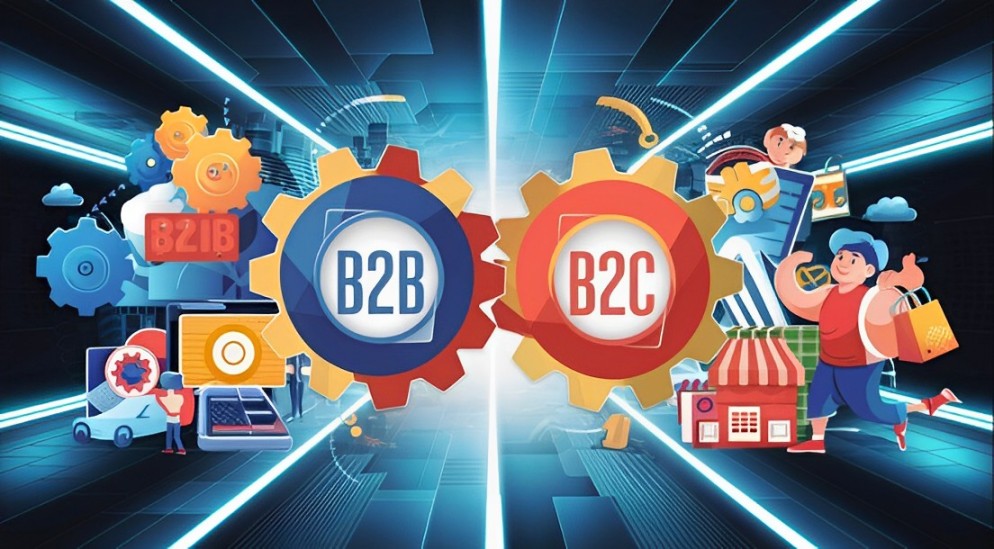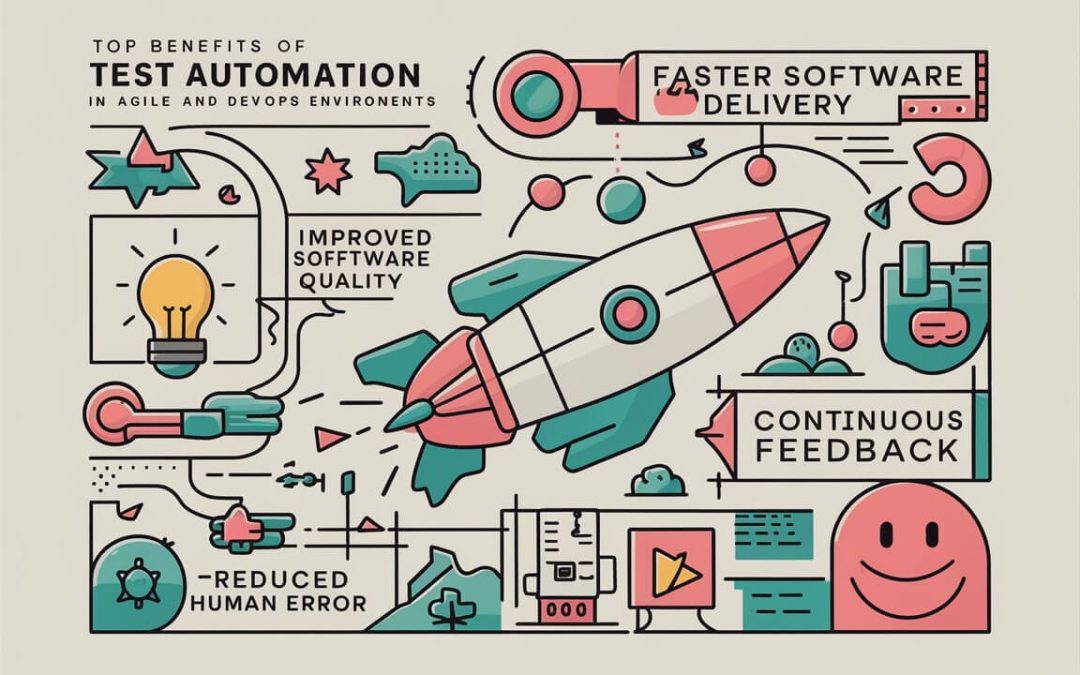Java is the most popular programming language worldwide. It is extremely flexible, portable, and sturdy, with superior capabilities needed for creating apps such as web-mobile-enterprise or even scientific ones. Superior productivity, code quality, and performance can only be derived from using powerful advanced tools and technologies in Java development. In this article, we share the importance of the tools and technologies in developing Java programs so that developers can utilize them.
Reason Advanced Tools and Technologies are Important in Java Development
Over the years, there have been changes in the development of the Java programming language which caused sophisticated tools and technologies. The developers have so many weapons in their arsenal for making Web development easier as well as to create smart applications.
One of the major benefits of modern tools and technologies for Java application development is increased productivity. Therefore, developers usually prefer advanced tools equipped with tasks such as code generation, debugging, and even refactoring, which could eventually make app building far more effective. Furthermore, it enhances code structure and documentation that helps the developers understand their codebase better.
The Essential Tools and Technologies for Java Developers
There are certain essential tools that every developer needs to have in Java development if they are serious about mastering it. These tools heighten productivity besides ensuring that the code is of a high standard and that applications built are of the best quality. Here are nine essential tools that every Java developer should have in their toolkit:
1. Integrated Development Environments (IDEs)
IntelliJ IDEA, Eclipse, and NetBeans are some IDEs for Java complete with comprehensive tools for code editing, debugging, and testing. In addition, they provide integration with build tools and version control systems that facilitate project management.
2. Version Control Systems
Developers may use version control systems such as Git and Subversion to control changes to their codebase, execute collaboration with others, and roll back in time. They play a critical role in code repository management and efficient development workflows.
3. Unit Testing Frameworks
Developers have access to unit testing frameworks JUnit and TestNG that enable them to write as well as execute automated tests for their Java code. Such frameworks provide testing with the order component that allows testing applications in the utmost provision of the absence of bugs.
4. Code Quality Tools
For instance, SonarQube and FindBugs are quality code tools that analyze code against some known problems and proposed solutions. These can capture potential bugs, security exposures, and performance bottlenecks that assist the developers in writing better and maintainable code.
5. Profiling Tools
The likes of VisualVM and YourKit are profiling tools that allow Java developers to analyze the performance of their applications. They shed light on memory usage, CPU usage, and execution times for developers to identify and optimize performance bottlenecks.
6. Dependency Management Tools
Apache Ivy and Apache Ant are a few dependency management tools that handle the dependencies necessary for a building scalable Java application. They make sure the libraries and frameworks are utilized, minimizing chances of incompatibility.
7. Continuous Integration Tools
For instance, Jenkins and Travis CI are continuous integration tools that automatically build, test, and deploy Java applications. The test and integrated changes to codebase, regularly.
8. Documentation Tools
API documentation can be obtained from Java source code that uses some documentation tools like Javadoc and Doxygen. They assist developers in producing consistent and useful documentation for their applications for others in enabling understandability and ability to use.
Using IDEs for Java Development

Java developers leverage powerful Integrated Development Environments (IDEs) that provide a complete development environment. These have many features and functionalities that make the coding process an easier task while increasing productivity. Using IDEs in Java development can increase productivity significantly, enhance the quality of code, and simplify the entire process. These features and functionalities are superior to the former since they help developers write clean, efficient code, debug applications, manage dependencies, and collaborate with others.
With the power of IDEs, Java developers can reach their potential and improvise on becoming masters in Java development. Here are some of the key benefits of using IDEs for Java development:
-
Enhanced Code Editing
Integrated Development Environments (IDEs) give power to full code editors with capabilities such as code completion, syntax highlighting, and error checking. These characteristics enable the developers to write code more rapidly and make fewer mistakes. In addition, IDEs offer smart code completion and instant fixes which take away the complexity of coding clean and maintainable code.
-
Robust Debugging Capabilities
The process of debugging is vital in the development as it helps developers locate and correct issues within their code. API EUINNI recommends that for efficient debugging, developers should use an IDE that includes advanced commenter tools allowing them to set breakpoints, steps through code, and inspect variables. Their advanced debugging includes watch expressions, conditional breakpoints, and remote debugging, among others, to assist in bug identification and correction.
-
Seamless Integration with Build Tools
This provides easier management of dependencies, and building and packaging Java applications since the IDEs homogeneously integrate with built tools such as Apache Maven and Gradle. They offer functionalities like automatic dependency resolution, building configures, and package management for getting rid of manual work during build process creation and support.
-
Simplified Refactoring
Refactoring is an essential element of maintaining and enhancing the code. Since refactoring is an important aspect of any software development, IDEs provide powerful tools to support it. For instance, the standard source code editor of popular IDEA-based IDEs offers automations for common refactoring such as rename-variable refactoring, method extractors, or move-code-block refactoring. The essential benefit of these tools and technologies is making safe and consistent changes in the code, where bugs will not be introduced.
-
Collaboration and Version Control
Other than enabling programmers in code completion, a basic IDLE provides no version of control integration. IDEs enable the management of code repositories through integrated support for source or version controls such as Git and Subversion (Godbolt). These give developers a simple time when working collaboratively and following up on the changes made to their codebase.
Building Robust Applications with Java Frameworks
Modern Java development cannot be mentioned as devoid of Java frameworks. This gives the developers a base to develop their applications effectively and with less effort. Here are some of the key benefits of using Java frameworks:
1) Faster Development
Java frameworks comprise pre-built parts and libraries that can be used in different projects. This eradicates the necessity to write code meant for reiteration repeatedly, saving developers time and effort. With the help of frameworks, developmental guidelines provide a structured approach to application building, guaranteeing uniformity and observance.
2) Scalability and Maintainability
The architecture of the Java frameworks helps developers to deal with large-scale application complexities. They also have aspects like modular architecture, dependency injection, and other marginal details that make the complex codebase of projects much easier. Frameworks also can provide infrastructure support for database integration, caching, and session management to make the applications scalable as well as maintainable.
3) Security and Performance
Most times, Java frameworks are equipped with security enhancements that safeguard applications from common threats. They include input validation, authentication, and authorization, making applications secure by default. Frameworks also offer performance optimizations such as caching, loading, and connection pooling, thus boosting application speed.
4) Community and Support
Support, documentation, and other resources from Java framework communities are very rich. These communities have forums, mailing lists, and online tutorials to assist developers in finding help or quickly learning about new features. In addition, frameworks provide great documentation and best coding practices, which means developers have everything they need to create stable applications.
Optimizing Java Performance with Profiling Tools
In Java development, performance is an important factor. Particularly in constructing applications that support enormous data and real-time processing. Optimizing Java performance involves using profiling tools for memory usage, CPU utilization, and execution times. Here are some of the key benefits of using profiling tools:
-
Identifying Performance Bottlenecks
Some of the popular profiling tools that help developers identify performance bottlenecks of their Java applications. They deliver in-depth data about how long and resources it took to execute certain code pieces, showing developers what sections need to be optimized. Developers can hugely enhance their application’s performance by discerning and resolving these bottlenecks.
-
Memory Management
Improper memory usage in Java development can lead to severe performance problems such as memory leaks and excessive garbage collection, so this provides a critical aspect of Java development. This is where profiling tools come in. They help expose the memory usage patterns, object allocations, and garbage collection cycles to make developers optimize their memory utilization to avoid any performance problems related to memories.
-
CPU Utilization
The information from profiling tools is about the CPU utilization and the regions in code using excessive CPU resources are observed by developers. Developers use optimization of CPU usage to reduce the application’s overall execution time and consequently improve its responsiveness. They can also detect concurrency problems, such as thread contention and deadlocks, enabling thoughtful optimization of multi-threaded apps.
-
Hotspot Analysis
Profiling tools typically can perform hotspot analysis that pinpoints the most repeatedly used segments of code. Developers can therefore make substantial performance gains with little extra effort by optimizing only these hotspots. Developers must optimize high-impact areas, improving the overall performance that Hotspot analysis does.
Exploring Advanced Java Libraries and APIs

There is a lot of advanced functionality available in Java libraries and APIs that can improve the capabilities of Java applications. It offers ready-made features consisting of components and modules that allow developers to save time. Here are some of the key benefits of exploring advanced Java libraries and APIs:
1. Expanded Functionality
There are many Java libraries and APIs that extend the functionalities of any given Java application. They have reimplemented components for file manipulation, network communication, data encryption, and image processing tasks. Using these libraries and APIs allows developers to incorporate sophisticated functionalities into their applications without having to develop such afresh.
2. Code Reusability
It should be noted that Java libraries and APIs encourage code reusability by packaging complex features in reusable modules. These modules can be reused by developers in different projects, ensuring that the development process is time-effective and the resources saved. The reuse of code also enhances the quality and maintainability of the code by relying on tested and well-used elements.
3. Integration with Existing Codebase
The integration of Java libraries and APIs into existing Java codebases. Most of them offer defined interfaces and APIs that enable easy integration of their functionalities into legacy applications. Java Developers India can therefore improve the functionalities of their applications, and it doesn’t entail significant changes to the existing codebase.
Conclusion
We have discussed the significance of Java development using advanced tools and technologies. These tools and technologies can enhance productivity, improve code quality, and optimize performance, as we have discussed before. In addition, we have surveyed various aspects related to Java developers’ tools and technologies. For instance, IDEs, version control systems, unit testing frameworks, code quality tools, profiling instruments, and methods of performance measurement/tools for profiling applications that are memory or CPU sensitive, dependency management systems and documentation.
Java developers can learn to utilize these advanced tools and technologies to optimize the language and develop stable and scalable applications. From using Integrated Development Environments (IDEs) to the functionalities of available Java frameworks, accessible profiling and diagnostic tools, and effective libraries and APIs, mastering Java development is about exploring the impressive capabilities of this programming language.





